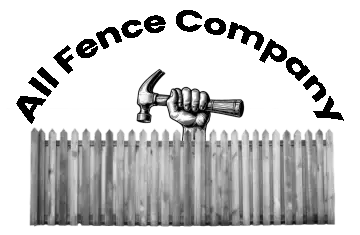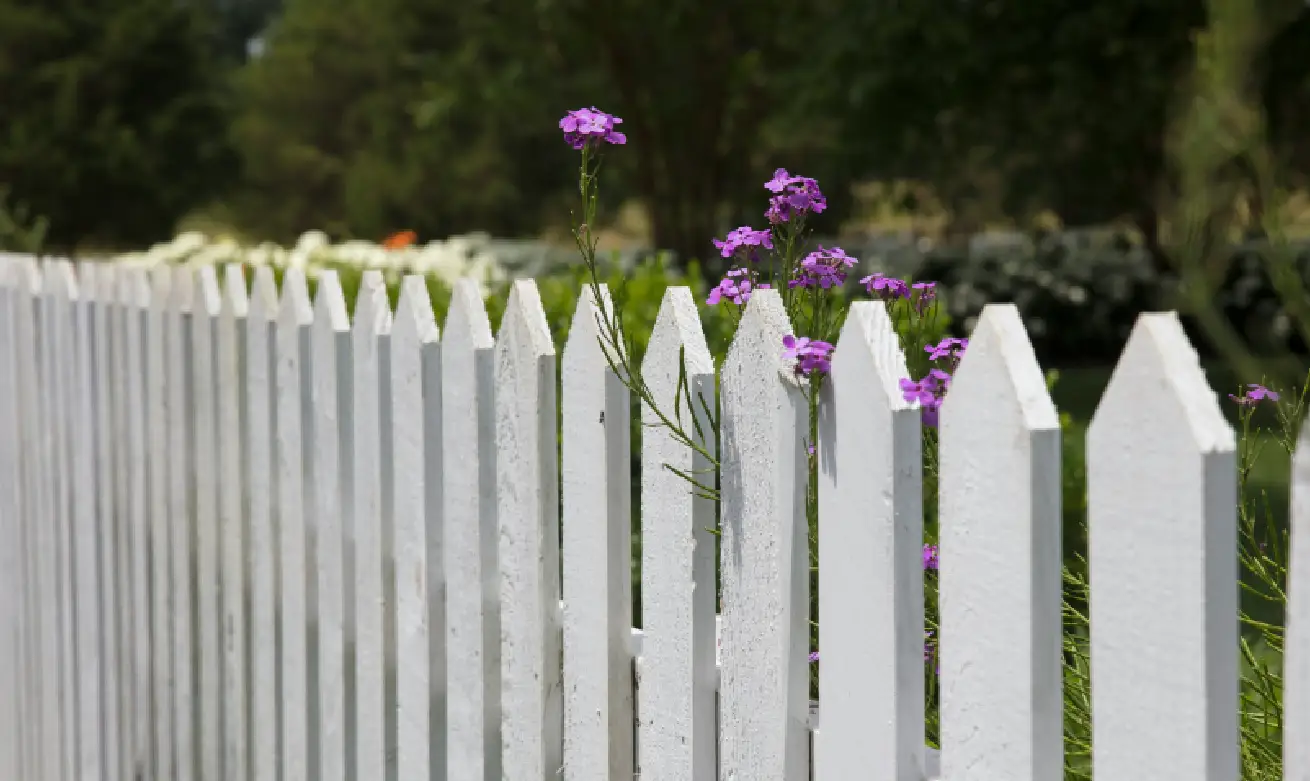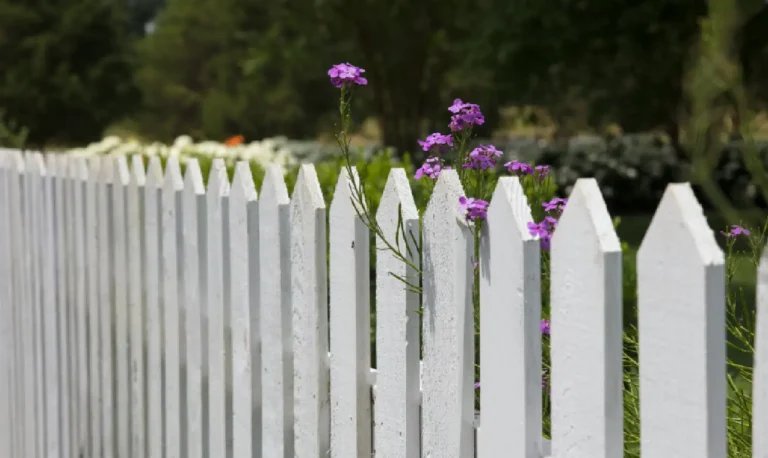Wood Fence vs Vinyl Fence: Which One Is Right for You?
Choosing the right fence for your home is an important decision. It affects your property’s appearance, security, privacy, and even its value. Two of the most popular fencing materials today are wood and vinyl. Each has its own unique benefits and drawbacks, and understanding these can help you make the best choice for your needs and budget. In this article, we’ll compare wood fences and vinyl fences in detail, covering everything from cost and maintenance to durability and style.
Fence Contractor in Burlington NC
Appearance and Style
Wood fences have a timeless, natural beauty that many homeowners love. They bring warmth and charm to any yard and can be customized in many ways. Whether you want a classic picket fence, a tall privacy fence, or a decorative lattice, wood offers endless design possibilities. The natural grain and texture of wood create a look that blends well with gardens, trees, and outdoor spaces.
Vinyl fences, on the other hand, offer a clean and modern look. They come in a variety of colors and styles, including designs that mimic the appearance of wood. Vinyl fences are smooth and uniform, which appeals to homeowners who prefer a sleek, polished finish. While vinyl may not have the same natural feel as wood, it can provide a fresh and bright aesthetic that stays consistent over time.
Cost Considerations
When comparing wood and vinyl fences, cost is often a major factor. Wood fences generally have a lower upfront cost. Depending on the type of wood you choose, prices can vary. Pine is one of the most affordable options, while cedar and redwood are more expensive but offer greater durability and resistance to decay. Installation costs for wood fences are usually reasonable, but keep in mind that wood requires ongoing maintenance, which adds to the long-term expenses.
Vinyl fences tend to be more expensive initially. The materials and installation cost more than wood, often by a significant margin. However, vinyl fences require very little maintenance, which can save money over time. Since vinyl does not need painting, staining, or sealing, you avoid the recurring costs associated with wood upkeep.
Maintenance and Durability
Maintenance is one of the biggest differences between wood and vinyl fences. Wood fences need regular care to stay in good condition. This includes staining or painting every few years to protect against weather damage, rot, and insect infestations. Without proper maintenance, wood fences can warp, crack, or develop mold. Repairs may be needed over time, especially in areas with harsh weather.
Vinyl fences are known for being low maintenance. They resist rot, fading, and insect damage. Cleaning a vinyl fence usually involves just rinsing it with water to remove dirt and debris. Because vinyl is made from durable plastic materials, it does not absorb moisture or require sealing. This makes it an excellent choice for homeowners who want a fence that looks good with minimal effort.
Longevity and Weather Resistance
Wood fences can last a long time if cared for properly, but their lifespan is generally shorter than vinyl fences. Exposure to rain, snow, sun, and humidity can cause wood to deteriorate over time. Some types of wood, like cedar and redwood, naturally resist decay better than others, but no wood fence is completely immune to weather damage.
Vinyl fences typically have a longer lifespan. They are designed to withstand harsh weather conditions without cracking, warping, or fading. Vinyl does not absorb water, so it won’t rot or swell. It also resists UV rays, which helps maintain its color and appearance for many years. Many vinyl fences come with manufacturer warranties that guarantee durability for 20 years or more.
Environmental Impact
If environmental concerns are important to you, it’s worth considering the impact of each material. Wood is a renewable resource and can be sustainably harvested. However, wood fences often require chemical treatments to prevent rot and insect damage, which can affect the environment. Additionally, the maintenance products used on wood fences may contain harmful substances.
Vinyl fences are made from plastic, which is derived from petroleum. The manufacturing process for vinyl can have a higher environmental footprint compared to wood. Vinyl is not biodegradable, but it can sometimes be recycled. Choosing a vinyl fence made from recycled materials or from companies committed to sustainable practices can help reduce its environmental impact.
Installation Process
Installing a wood fence is generally straightforward. Wood panels or pickets are attached to posts that are set into the ground, usually with concrete for stability. The installation time depends on the size and style of the fence, but wood fences can often be installed relatively quickly by experienced contractors.
Vinyl fence installation can be more complex. Vinyl panels and posts are often pre-manufactured and require precise assembly to ensure a clean, secure fit. Posts need to be set carefully to support the panels, and special tools may be needed. Because of this, vinyl fence installation is best left to professionals to ensure the fence performs well and looks great.
Privacy and Security
Both wood and vinyl fences can provide excellent privacy and security. Wood fences are often chosen for privacy because they can be built tall and solid, blocking views from neighbors and passersby. They also provide a sturdy barrier that can deter intruders.
Vinyl fences offer similar privacy benefits. Solid vinyl panels create a strong visual barrier and are difficult to climb or break through. Some vinyl fences also include decorative tops or lattice sections that add style without sacrificing security.
Which Fence Is Right for You?
Deciding between a wood fence and a vinyl fence depends on your priorities. If you love the natural look of wood and don’t mind regular maintenance, a wood fence may be the perfect fit. It offers classic beauty and can be customized to suit your style. However, if you want a fence that requires little upkeep, lasts longer, and maintains its appearance with minimal effort, vinyl is an excellent choice.
Your budget, climate, and personal preferences will all play a role in your decision. Wood fences are often more affordable upfront but come with ongoing costs. Vinyl fences cost more initially but can save money over time through reduced maintenance.
Conclusion
Both wood and vinyl fences have their strengths and weaknesses. Wood fences provide natural beauty and versatility but require care and maintenance. Vinyl fences offer durability, low maintenance, and a modern look but come with a higher upfront price. By understanding these differences, you can choose the fencing material that best fits your lifestyle, budget, and aesthetic goals.
If you’re in Burlington, NC, and need help deciding or want professional installation, All Fence Company Burlington is here to assist. We offer expert advice and quality craftsmanship to ensure your fence looks great and lasts for years.


